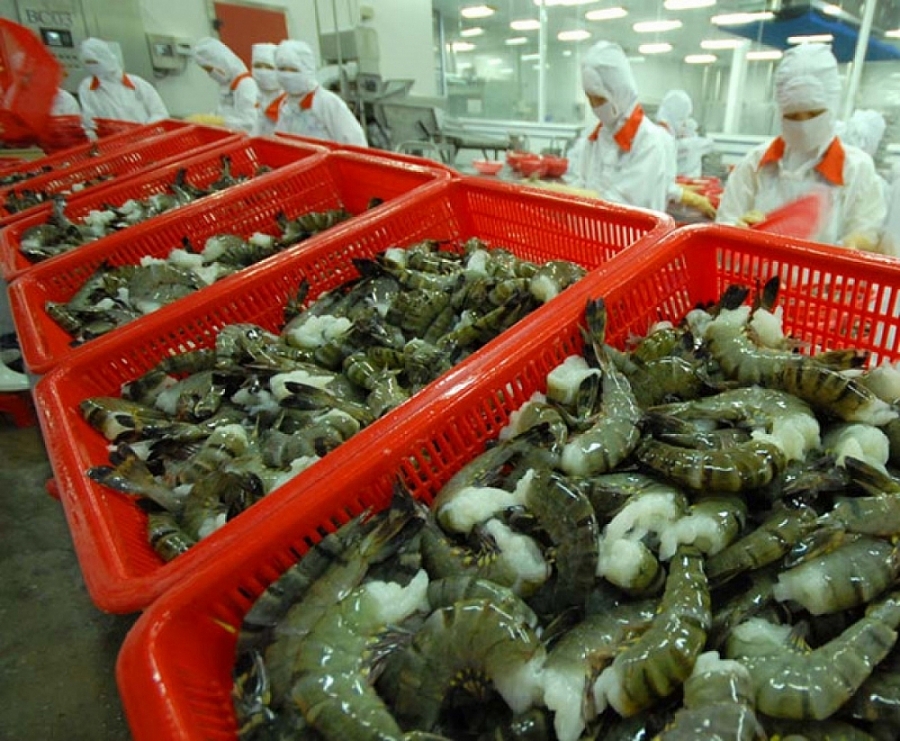 News
News
According to the Association of Seafood Processing and Seafood Exporters Vietnam, as of October this year, Shrimp exports Vietnam to the Middle East market reached more than 39 million USD, down 10% over the same period last year (a lighter decrease than other main markets). ). The Middle East market accounts for 1.3% of Vietnam's total shrimp exports to markets.
 |
| The Middle East market accounts for only 1.3% of Vietnam's shrimp export turnover |
In the context of facing many challenges from main consumer markets, looking to smaller but potential markets is also an option for current businesses.
In the period from 2019 to 2022, Vietnamese shrimp exports to the Middle East market range from 41.5 to 49.8 million USD.
Shrimp exports to this market block tend to grow continuously from 2020 to 2022. In 2023, the unstable world economy poses many challenges for seafood exports in general and shrimp in particular. Therefore, Vietnamese shrimp exports to the Middle East cannot avoid a decline, but the decline is somewhat lighter than other markets.
The largest single markets importing Vietnamese shrimp in the Middle East region are Israel, Saudi Arabia, UAE, Qatar, Lebanon, Turkey, Iran, Kuwait...
In the first 10 months of this year, shrimp exports Vietnam to a number of markets in the Middle East region recorded an increase compared to During the same period last year, Saudi Arabia recorded a 42-fold increase (reaching 7.6 million USD), Iran recorded an 8-fold increase (reaching 1.7 million USD), Kuwait and Lebanon recorded a 2-fold increase. figures, exports to Oman increased 16 times, exports to Qatar increased 4 times.
The Middle East market area is considered potential because this area is not strong in farming and processing production, so it depends heavily on imported food supplies.
Natural conditions such as weather and soil are not favorable and suitable for agricultural production. To meet domestic demand, the Middle East must import up to 80% of food and foodstuffs, equivalent to 40 billion VND. USD per year. Demand for seafood including shrimp is growing strongly, especially in markets such as Saudi Arabia, UAE...
This market area has high requirements for imported food products such as requiring Halal certification. Suppliers are required to process and package appropriately to meet this standard.
This is a potential market for Vietnamese seafood, the purchasing power is on par with the region ASEAN market and there is room for growth 3 times more if focused on development. There needs to be more information channels about the needs and requirements of this market area along with support from state programs on market promotion so that businesses have more development channels and increase room to export to other countries. here.